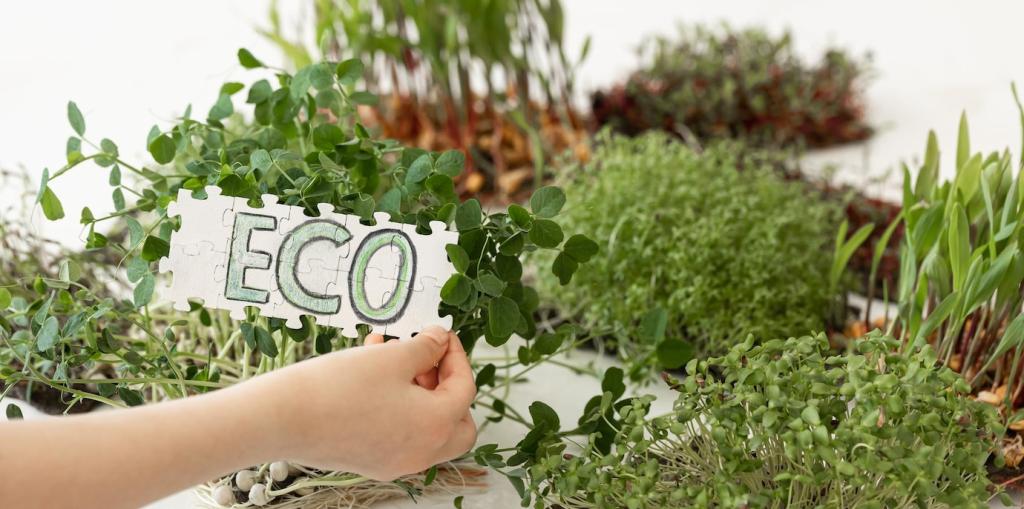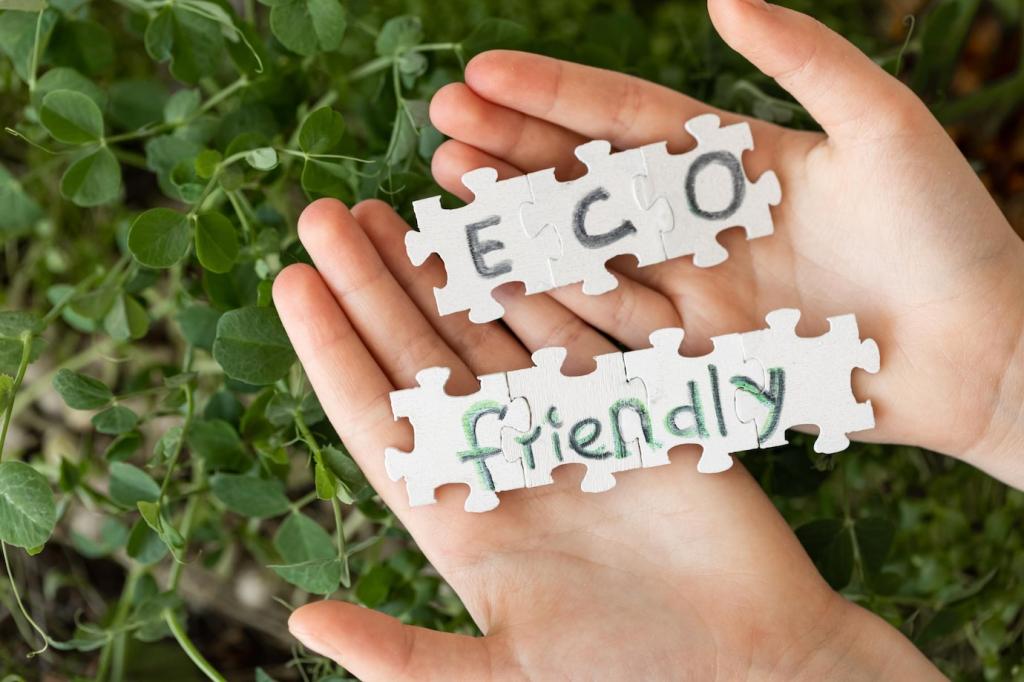Scheduling for Efficiency and Reach
Create and schedule content in batches to reduce context switching and redundant rendering. Automate republishing of evergreen pieces at thoughtful intervals. Your eco-friendly content calendar ensures quality control while avoiding chaotic last-minute production spikes that waste resources.
Scheduling for Efficiency and Reach
Send fewer, targeted messages with meaningful updates. Segment audiences and suppress inactive lists to avoid unnecessary sends. Include summary digests instead of multiple drips. The calendar coordinates these choices so communication remains respectful, relevant, and lighter on energy use.










